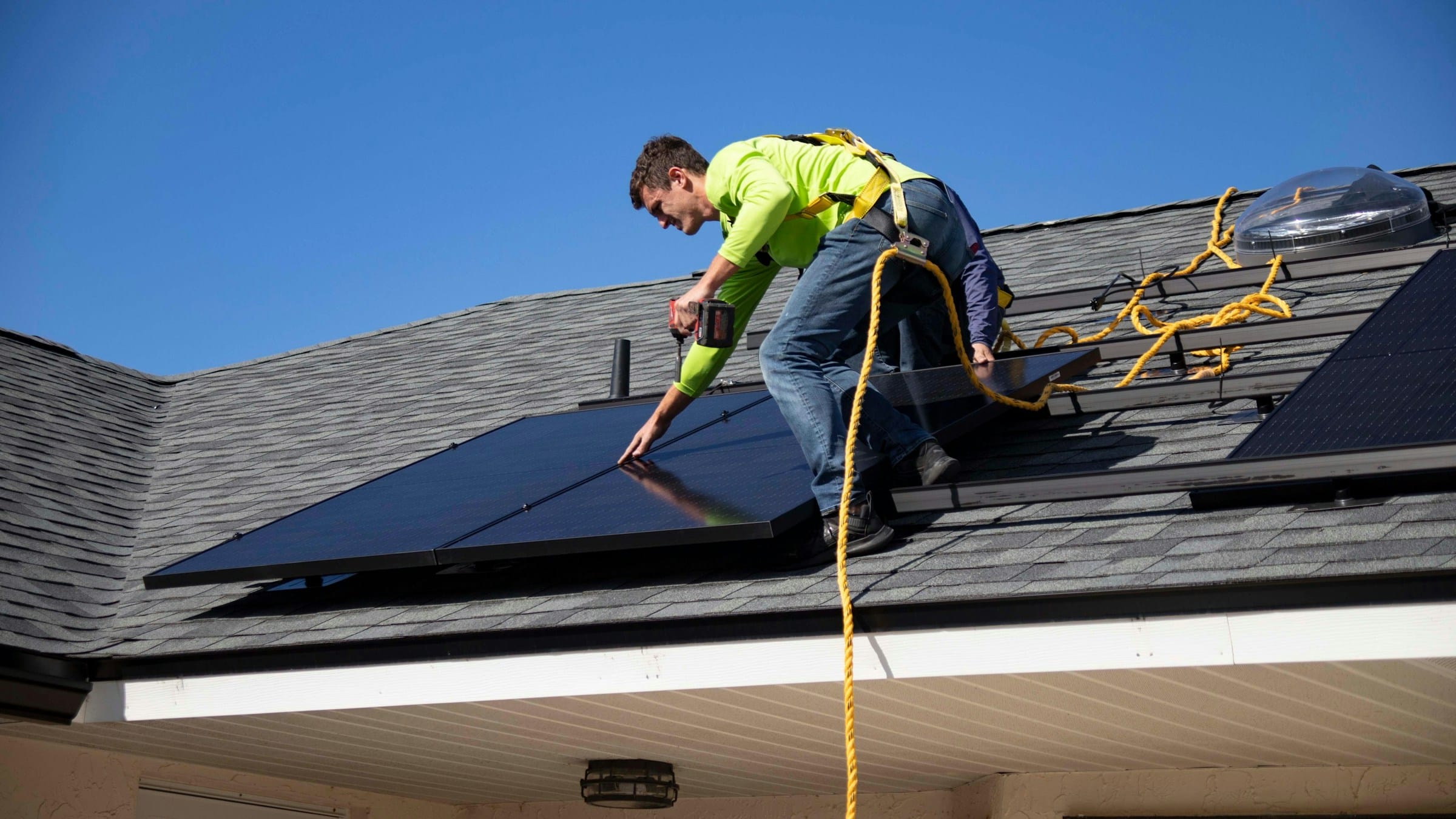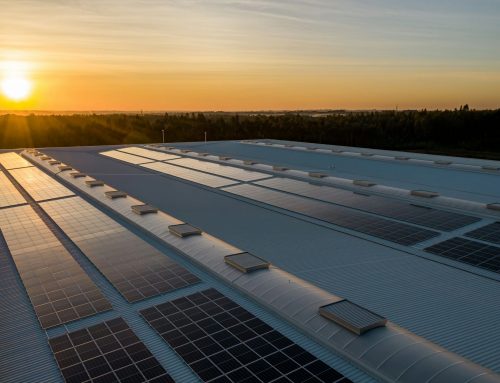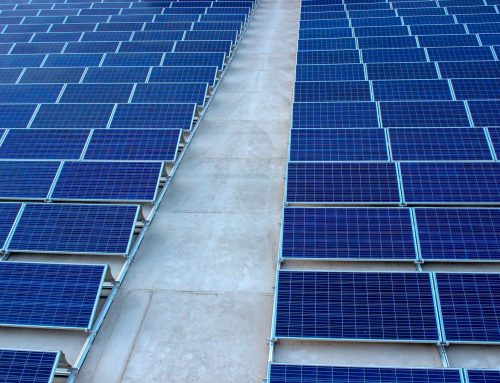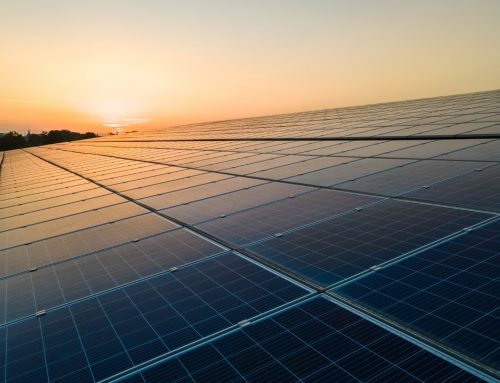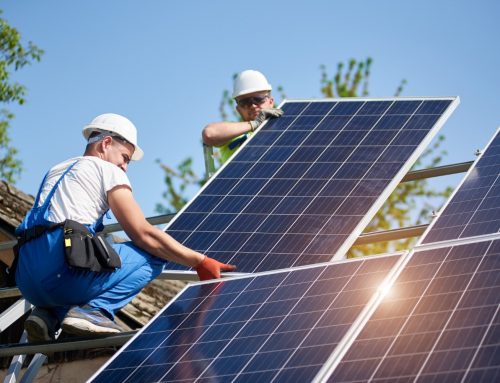The solar industry has gained enormous traction as a go-to solution for clean energy needs. However, not all solar panels are created equal. Many conventional solar panels come with hidden environmental costs due to the toxic elements they contain. Understanding these issues is important for those considering solar energy for homes and businesses. This article sheds light on the potential risks and waste problems associated with these toxic elements. By making informed choices, users can align their solar solutions with sustainability goals and long-term safety for both the environment and personal health.
Conventional solar panels often include elements like lead, cadmium, chlorine, and fluorine. These components pose a threat not only at the manufacturing stage but throughout their lifecycle. In particular, as panels reach the end of their functional lifetimes, which is increasingly often under ten years, the challenge of responsible disposal becomes critical. This introduction sets the stage for a closer look at these toxic elements and guides you in understanding why selecting the right type of panel is essential for those who harvest rainwater for drinking or face frequent hailstorms.
What Toxic Elements Are Found in Conventional Solar Panels?
When considering the switch to solar power, it’s useful to know what toxic elements can be found in conventional panels:
– Lead and Cadmium: These are two of the most common toxic elements in solar panels. Lead is well known for its damaging effects on both the environment and human health, leading to problems like kidney damage and reduced growth in plants. Cadmium, often used in solar panel production, poses similar hazards and is not a sustainable component for future-facing technology.
– Chlorine and Fluorine: Although less commonly discussed, these elements can also be present in solar panels. Chlorine, widely used in various industrial applications, can lead to the release of harmful gases if not properly managed. Fluorine, on the other hand, contributes to corrosion and can be a hazard if panels fail due to damage.
The presence of these toxic elements raises important questions about the long-term environmental footprint of solar panels. Many might assume that solar energy is entirely clean, but conventional panels with these materials contribute to ongoing waste issues.
Understanding these risks helps guide better choices, especially if you are capturing rainwater for drinking or if your area is prone to hailstorms. Panels cracking under such conditions can allow toxic substances to leach, contaminating rainwater tanks. By considering the composition of solar panels and choosing options without toxic elements, individuals and businesses can prevent these risks.
The Growing Waste Problem: End-of-Life Concerns
The lifecycle of conventional solar panels can present significant challenges at the end of their use. Panels that contain toxic elements such as lead and cadmium often face durability issues, leading them to need replacement in just under a decade. This relatively short lifespan not only affects homeowners and businesses financially but also creates mounting waste disposal problems. Many solar panels wind up improperly discarded, releasing toxins into ecosystems and worsening environmental harm.
Managing solar panel waste responsibly is becoming more important across the energy sector. Recycling facilities that are specifically designed for processing solar panels are emerging, which allows valuable materials to be recovered and toxic substances to be treated safely. Supporting such efforts is one way customers can lessen the harmful environmental effects of solar power.
Impact on Rainwater Collection Systems
For many rural homes and businesses, rainwater collection is a critical resource for drinking water. However, conventional panels can introduce concerns if damage occurs. Hailstorms or even regular wear and tear can lead to cracks in the panels. This allows rainwater to flow over broken solar cells and absorb toxic elements like lead and cadmium. Once this water enters rainwater tanks, it becomes a health risk.
Ensuring safe water starts with choosing durable panels. Look for panels that are tested for weather resilience, especially where extreme and frequent hail is part of seasonal weather. Panels with certifications for hail resistance give extra assurance that they can handle heavy hits without compromising their structure. Good solar panels not only deliver energy but also help protect other vital parts of your home, like your water supply.
Why SunPower Panels Are a Safer Choice
When looking for solar panels that meet high environmental and health standards, SunPower stands out. Unlike traditional systems, SunPower panels do not use the harmful chemicals commonly found in others. Their materials, design, and construction have passed external verification processes and earned Declare and Cradle-to-Cradle accreditations, proof of their low-toxicity footprint.
Choosing non-toxic panels like SunPower offers long-term benefits. You’ll experience reduced risk to your health, fewer waste problems when panels eventually need replacing, and better reliability over time. These panels are particularly good for properties that rely on rainwater or need to operate safely under harsh weather conditions. For businesses trying to operate ethically or reduce their impact, they’re a straightforward option.
Make the Clean, Responsible Switch with Energy Buster
Finding solar that fits both performance and values doesn’t have to be hard. Not every panel is equal. Some are built to last, while others come with a future full of waste and risks. By choosing safer materials from the start, you’re protecting your health, your home, and the environment.
Whether you’re installing a new system or upgrading an old one, it’s worth looking into how your panels are made. Going with options that are free of toxic elements means joining a movement toward ethical and durable solar power. With the right tools and insight, your next solar decision can drive better outcomes for years ahead.
Investing in solar energy is a step toward a more sustainable future, but it’s just as important to choose panels that are built to last and safe for your home. Energy Buster recommends using non-toxic panels like SunPower, which are backed by Declare and Cradle-to-Cradle accreditations. These help reduce environmental impact while keeping your rainwater safer. To explore options that combine performance with peace of mind, check out our solar panel installation in Adelaide designed for durability and long-term value.

